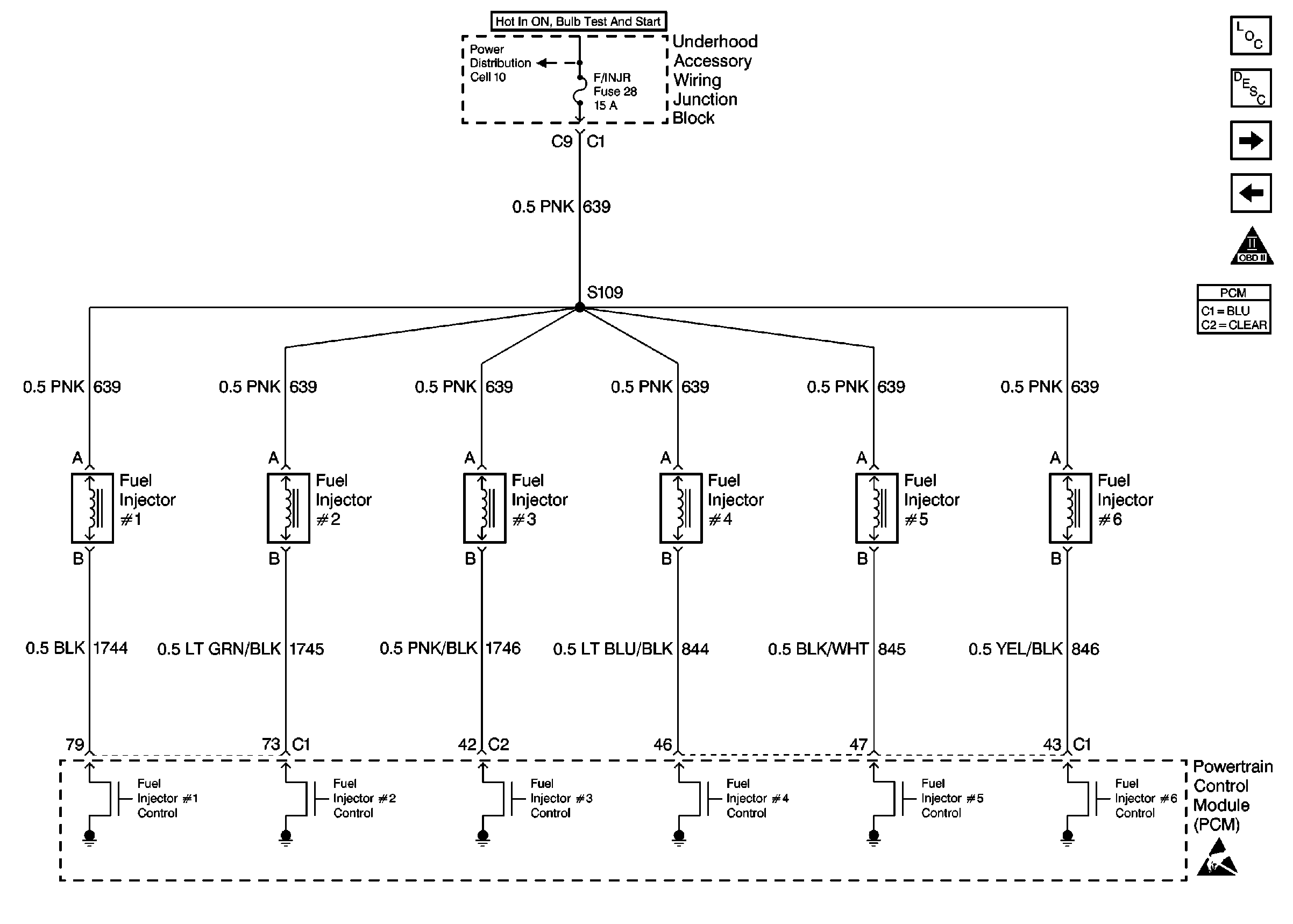Checks
| Action
|
Definition: Engine
runs unevenly at idle. If severe, the engine or vehicle may shake. Engine
idle speed may vary in RPM. Either condition may be severe enough to
stall the engine.
|
Preliminary Checks
|
| • | Refer to Important Preliminary Checks. |
| • | Refer to Visual/Physical Checks |
|
Fuel
System
|
| • | Inspect for fuel in the pressure regulator vacuum hose. |
|
Sensor/System
|
| • | Inspect for conditions which cause an incorrect idle speed. |
| • | Test the transaxle range switch input with the vehicle in drive
and the gear selector in drive or overdrive. |
|
Ignition
System
|
| • | Test for proper ignition voltage output using the following procedure: |
| - | Clip the J 26792
spark tester to engine ground. |
| - | Connect one end of a spark plug wire to the spark tester. Leave
the other end of the spark plug wire connected to the coil being tested. |
| - | Connect one end of another spark plug wire to the other coil tower.
Connect the other end of the spark plug wire to ground. |
| - | Crank the engine while observing the spark tester. Spark should
be observed. |
| - | Repeat the above steps for each coil. |
| • | If adequate spark is not present at the coils, inspect for the
following conditions: |
| - | Inspect the coils for cracks, carbon tracking/arcing, or a resistance
value outside the 5000 - 8000 ohms range. |
| - | Inspect the spark plug wires for signs of arcing/cross firing,
cracks, carbon tracking, plug boot damage, pinched wires, improper routing,
or a resistance value other than 600 ohms per ft. (1968 ohms
per meter). |
| | Important: Spraying the secondary ignition wires with a light mist of water may
help locate an intermittent problem. Ignition components arc to ground when
a secondary component is faulty.
|
| - | Test for a defective module. |
| - | Inspect the ignition system wiring for a loose ignition module
feed or ground connection, or damaged system wiring. |
| • | Remove the spark plugs and inspect for the following: |
| - | Burned or damaged electrodes |
| - | Improper heat range or reach |
| • | If spark plugs are gas or oil fouled, the cause of the fouling
must be determined before replacing the spark plugs. |
|
Engine
Mechanical
|
| • | Test or inspect the following engine mechanical components for
the following: |
| - | Test for sticking or leaking valves. |
| - | Inspect for worn camshaft lobe(s). |
| - | Inspect for bent push rods. |
| - | Inspect for worn rocker arms. |
| - | Inspect for broken valve springs. |
| - | Test for excessive oil in combustion chambers or leaking valve
seals. |
| • | Inspect for incorrect basic engine parts. Inspect the following: |
|
Additional
Checks
|
| • | Inspect the exhaust system for possible restrictions. Inspect
for the following: |
| - | Inspect the exhaust system for damaged or collapsed pipes. |
| - | Inspect the mufflers for heat distress or possible internal failure. |
| • | An engine miss condition can be caused by electromagnetic interference
(EMI) on the reference circuit. EMI can usually be detected by monitoring
the engine RPM with a scan tool. A sudden increase in RPM with little change
in the actual engine RPM, indicates that EMI is present. If a problem exists,
inspect the routing of the secondary ignition wires near high voltage components. |
|

